Product Description
This medication belongs to a class of antimetabolites with pronounced cytostatic activity, commonly used in chemotherapy protocols. It works by inhibiting the conversion of dihydrofolic acid to tetrahydrofolic acid, a critical step in DNA synthesis. This disruption affects the formation of thymidylate and purine bases, which in turn interferes with DNA replication, RNA transcription, and protein synthesis. The drug is most active during the S-phase of the cell cycle, making rapidly dividing cells particularly sensitive to its effects. These include tumor cells, bone marrow, gastrointestinal epithelium, and fetal tissues.
Pharmacokinetics
Following intramuscular administration, the drug reaches peak plasma concentration within 30 to 60 minutes and distributes efficiently into body tissues, including ascitic and pleural fluids. It may remain in kidney tissues for several weeks and in liver tissues for up to three months. In standard therapeutic doses, the drug does not cross the blood-brain barrier. It is metabolized by intestinal microflora, hepatocytes, and other cells, producing an active compound that continues to inhibit dihydrofolate reductase. The terminal half-life varies depending on dosage, lasting from 3 to 10 hours for smaller doses and 8 to 15 hours for higher doses. Approximately 90% of the administered dose is excreted unchanged in the urine via glomerular filtration and active tubular secretion, with the remaining portion eliminated in the bile and subject to enterohepatic recirculation.
Excretion and Special Considerations
The drug is primarily excreted through the kidneys, and its elimination rate is significantly reduced in patients with impaired renal function, leading to higher plasma concentrations. A small amount may also be secreted into breast milk, posing potential risks during lactation. Monitoring kidney function during treatment is essential to avoid toxicity, and dose adjustments may be required in patients with renal impairment.
Safety Information
This medication should not be mixed with strong oxidizing agents or acids, as such combinations can cause chemical instability, including turbidity or precipitate formation. Incompatibility has also been observed when combined with drugs such as chlorpromazine hydrochloride, droperidol, metoclopramide, heparin, prednisolone sodium phosphate, and promethazine hydrochloride. Dosage is typically calculated based on the patient’s body weight or body surface area. The drug is effective both as a monotherapy and in combination with other chemotherapeutic agents for the treatment of various cancers.
Side Effects
This medication can have a significant impact on the hematologic system, leading to bone marrow suppression, which increases the risk of infections, sepsis, spontaneous bleeding, and conditions like thrombocytopenia, leukopenia, and anemia. Gastrointestinal side effects may include stomatitis, gingivitis, pharyngitis, nausea, diarrhea, and mucosal ulcerations. Hepatotoxicity is also possible, manifesting as liver dysfunction, dystrophy, and in severe cases, hepatic failure. Neurological complications may involve headaches, dizziness, visual disturbances, seizures, hemiparesis, and increased cerebrospinal fluid pressure following intrathecal administration.
In the genitourinary system, patients may develop cystitis, hematuria, azotemia, menstrual irregularities, infertility, or even spontaneous abortion. The drug has known teratogenic effects and can disrupt spermatogenesis and ovogenesis. Dermatological reactions may include rashes, itching, acne, furunculosis, and in rare cases, severe skin conditions such as Stevens-Johnson syndrome. Monitoring and early intervention are essential to manage potential adverse effects effectively throughout the course of treatment.

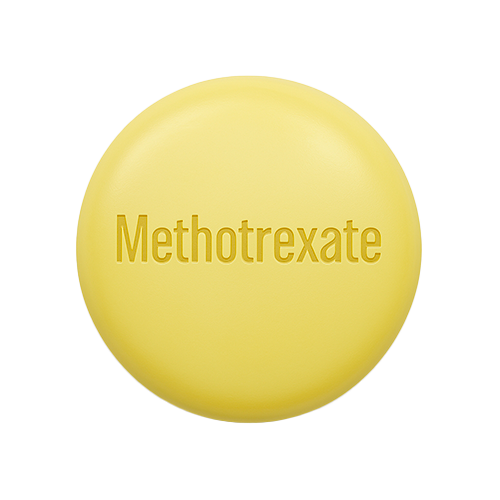
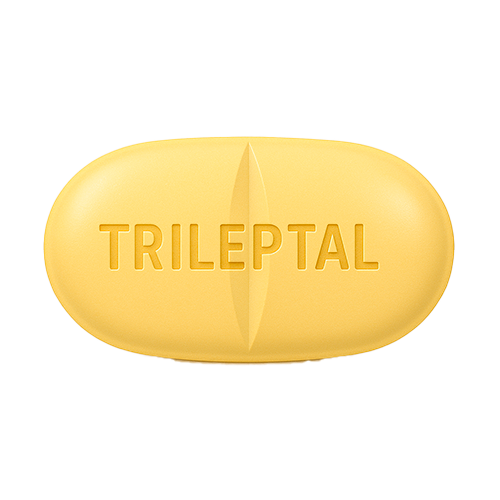

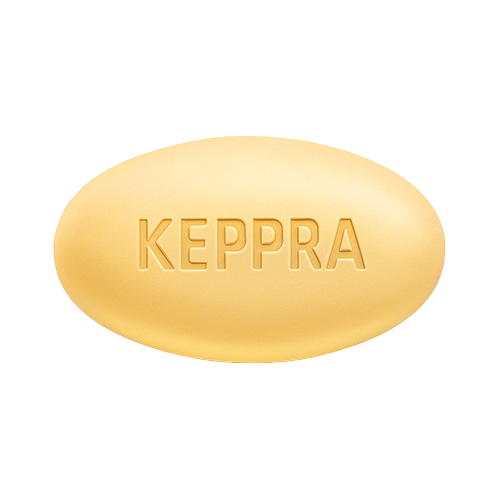
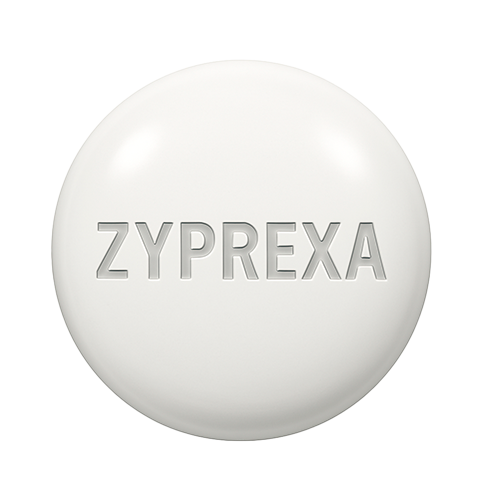



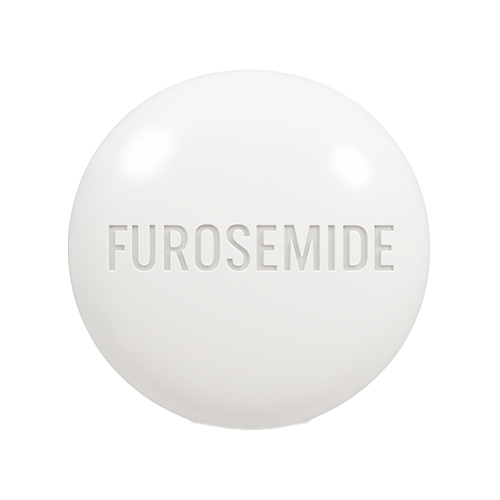
Reviews
There are no reviews yet.